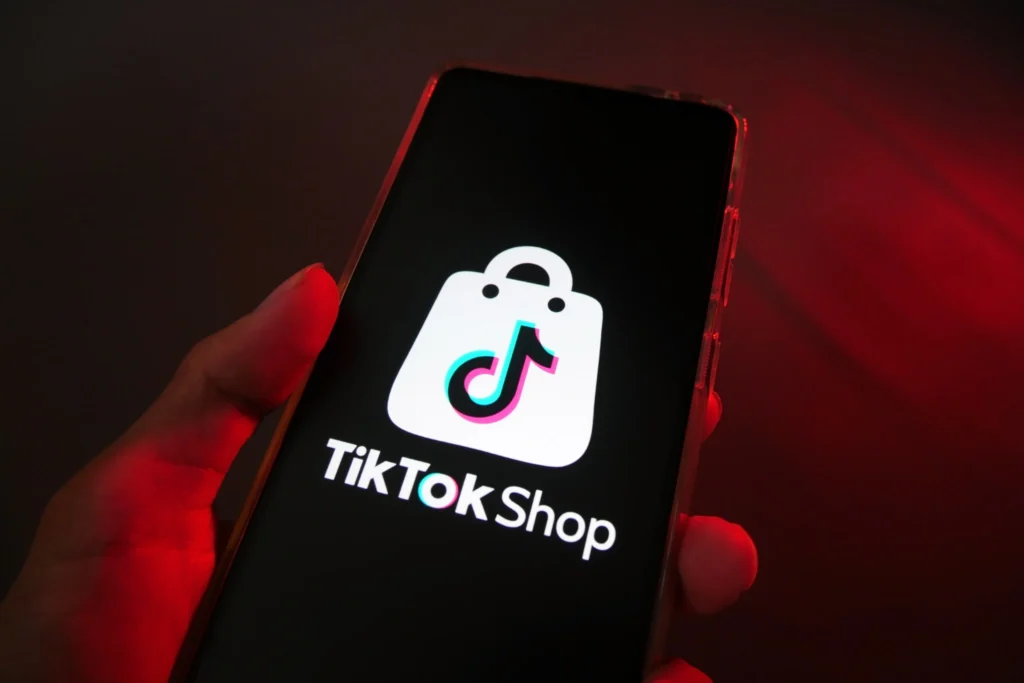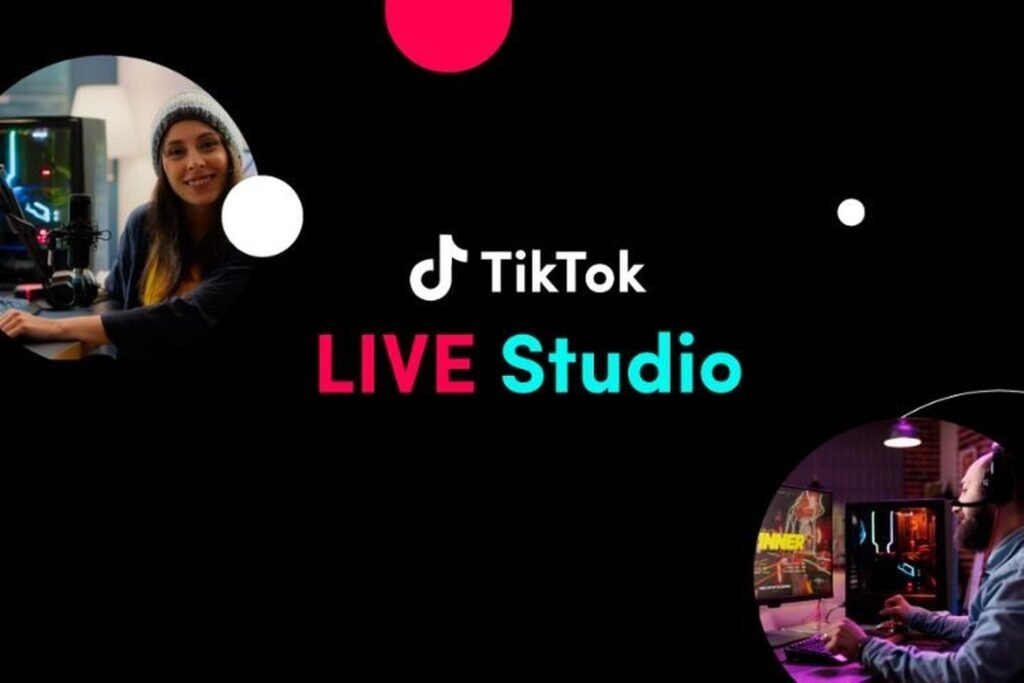Navigating TikTok Shop: All Your Questions Answered
Home About Us Services Social Media Consultation Branding Art Direction Social Media Strategy Community Management Content Creation Photography Videography Graphic Designs Illustration 2D Animation 3D Animation Web Design & Development Search Engine Optimization CPC Google Advertising Meta Advertising E-Mail Marketing Influencers Marketing’s Studio Work Blog Home About Us Services Social Media Consultation Branding Art Direction Social Media Strategy Community Management Content Creation Photography Videography Graphic Designs Illustration 2D Animation 3D Animation Web Design & Development Search Engine Optimization CPC Google Advertising Meta Advertising E-Mail Marketing Influencers Marketing’s Studio Work Blog Get A Qoute Navigating TikTok Shop: All Your Questions Answered In recent years, TikTok has rapidly transformed from a fun video-sharing platform to a powerhouse of e-commerce. With the introduction of TikTok Shop, creators, brands, and businesses now have a dynamic space to sell their products directly to users without ever leaving the app. This article answers all your questions about TikTok Shop, helping you navigate its features and understand how to leverage it for business success. What is TikTok Shop? TikTok Shop is an integrated e-commerce platform within the TikTok app that allows businesses and creators to sell products directly to their audience. With TikTok’s massive user base, this feature is designed to provide a seamless shopping experience, where users can discover and purchase products featured in videos, live streams, and ads. TikTok Shop merges social media content with e-commerce, giving brands and creators a unique opportunity to market and sell their products to a highly engaged audience. This new shopping feature is powered by TikTok’s For You Page and short-form video content, making it a game-changer for online retail. How Does TikTok Shop Work? TikTok Shop works by allowing users to showcase and sell products directly within their TikTok content. The main components of the TikTok Shop experience are: In-Feed Shopping: Creators and brands can tag products in their TikTok videos, and users can click on the tagged items to purchase them without leaving the app. When users interact with these videos, they are seamlessly directed to the product page. Livestream Shopping: TikTok’s live streaming feature is also integrated with shopping capabilities. During a live stream, creators or brands can showcase their products in real-time, and viewers can purchase items instantly by tapping on the product links that appear on the screen. Shoppable Ads: TikTok Shop allows businesses to create shoppable ads that display products within the TikTok feed. These ads enable users to purchase directly through the ad itself. TikTok Shop Tab: TikTok users can explore the shop through the “Shop” tab in the app, where they can browse products and brands that are available for purchase. Who Can Use TikTok Shop? TikTok Shop is available to businesses, creators, and influencers who are eligible and based in regions where TikTok Shop is supported. While the feature is expanding globally, availability varies depending on location. Businesses: Companies and e-commerce brands can apply to sell through TikTok Shop. To get started, you’ll need to set up a TikTok Shop business account, link it to your TikTok Ads Manager, and list your products for sale. Creators & Influencers: Creators with a significant following can also partner with brands or sell their own products via TikTok Shop. Influencers can participate in affiliate marketing programs, earn commissions on sales generated through their content, and even set up a storefront to sell their own merchandise. How to Set Up a TikTok Shop? Setting up a TikTok Shop requires a few steps, and here’s a simplified guide to help you get started: Create a TikTok Business Account: First, ensure that you have a TikTok for Business account. If you’re an influencer or creator, you’ll need to set up a TikTok Creator Account and meet eligibility criteria. Apply for TikTok Shop: Once you have a business or creator account, go to the TikTok Shop Seller Center and apply for access. You will need to submit your business details, including tax information and other required documents. Set Up Your Product Listings: After approval, you can start adding products to your TikTok Shop. Upload high-quality images, write engaging product descriptions, set pricing, and manage your inventory. Link Your Store to Your TikTok Profile: Once your shop is set up, you can link it to your TikTok profile. This allows your followers to view your products and make purchases directly through your profile or video content. Start Creating Shoppable Content: Now that your shop is live, you can create content that features your products. Use TikTok’s native shopping tools to tag products in your videos or live streams. How to Promote Your TikTok Shop? To increase visibility and drive sales on TikTok Shop, it’s essential to create engaging content and effectively promote your products. Here are a few strategies to help you grow your shop: Leverage Influencers: Partner with TikTok influencers to showcase your products. Influencers can promote your products through their videos, increasing your brand’s visibility and driving traffic to your shop. Use Hashtags: Just like on other social media platforms, hashtags are important for discoverability. Use relevant hashtags like #TikTokShop, #ShopOnTikTok, and niche-specific tags to reach a broader audience. Create Engaging Videos: TikTok is all about creativity and entertainment. Focus on creating content that is fun, engaging, and aligns with your brand’s message. Use trending sounds, effects, and challenges to keep your videos fresh and relevant. Host Live Shopping Events: Engage with your audience by hosting live shopping events. These are real-time, interactive opportunities for you to showcase your products, answer questions, and drive immediate sales. Run Paid Ads: TikTok’s advertising platform offers various ad types, such as In-Feed Ads and Branded Hashtag Challenges, that can increase exposure and direct users to your shop. Running targeted ads can help you reach the right audience and boost sales. Is TikTok Shop Safe? As with any online marketplace, safety is a concern. TikTok Shop has implemented security measures to ensure that both buyers and sellers are protected. The platform enforces certain payment and shipping protocols to ensure
Navigating TikTok Shop: All Your Questions Answered Read More »








